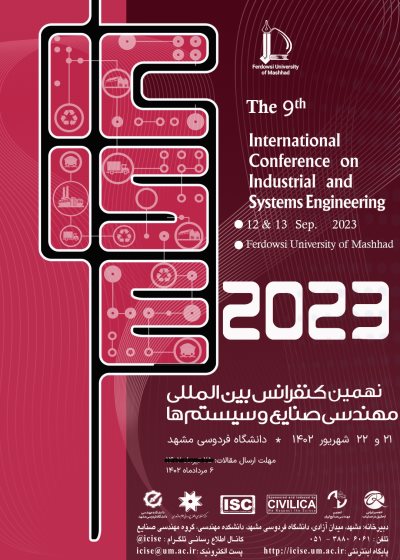0% Complete

نویسندگان :
کلمات کلیدی :
چکیده :
لیست مقالات بایگانی شده
مهدیه شکوری - فرناز برزینپور
نعیمه نیازی - حمیده رضوی
سید مهدی حسینی سرخوش
مهرنوش سلیمی - میثم جعفری اسکندری - بهروز بهروزی
عیسی یزدان شناس - جمال اسماعیلی - جواد مسعودی فر
حسین صیادی تورانلو - لیلا خیری - ریحانه حفیظی اتابک
ریحانه سادات حیدریان - منیره احمدی منش
امیرحسین کریمی - یحیی زارع مهرجردی
سارا سهرابی - امیرحسین نصرتی ملکجهان - رویا فیض



